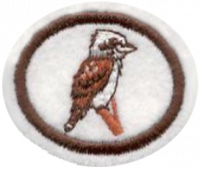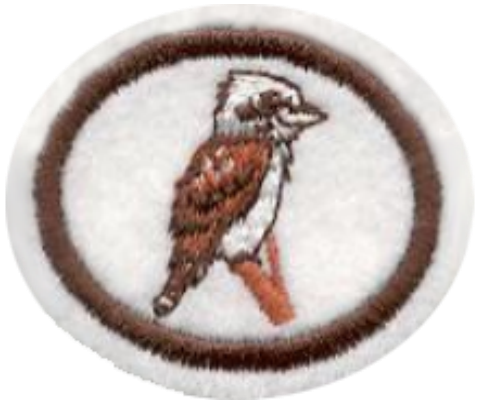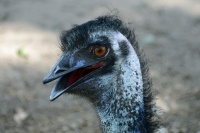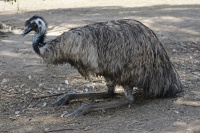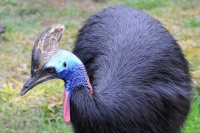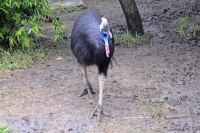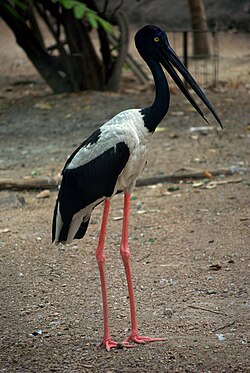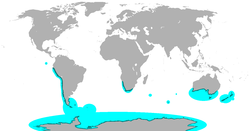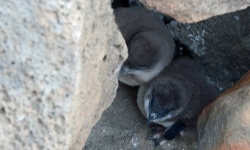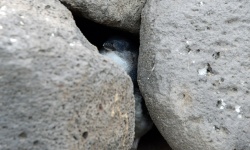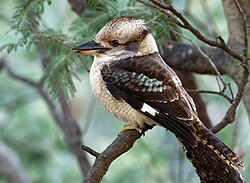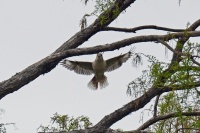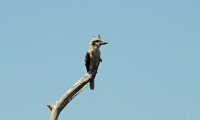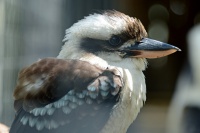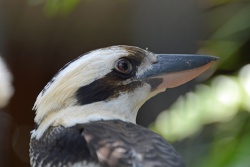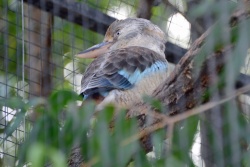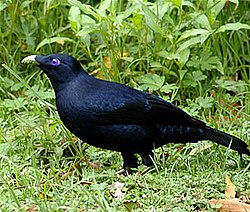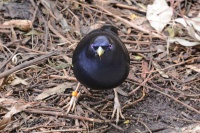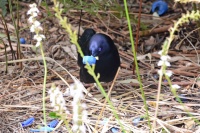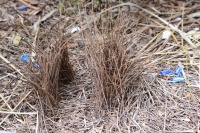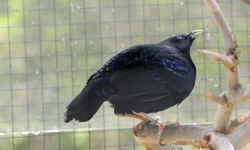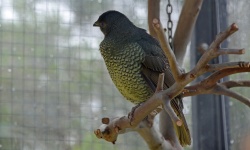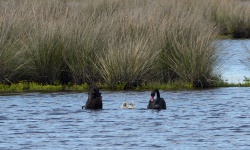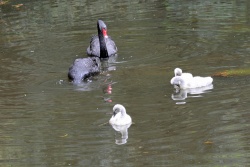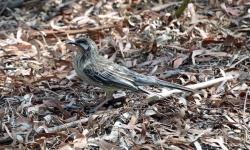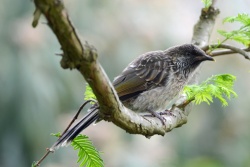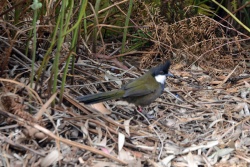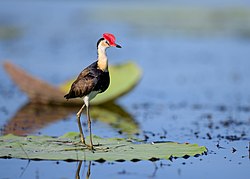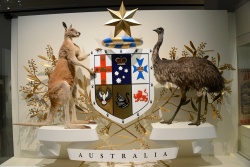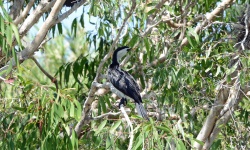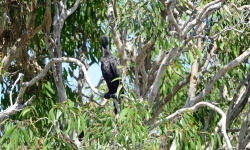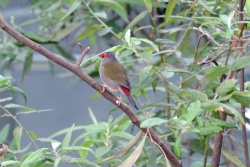Difference between revisions of "AY Honors/Australian Birds/Answer Key/es"
(Created page with "</noinclude>") |
(Created page with "{{clear}}") |
||
| Line 286: | Line 286: | ||
{{clear}} | {{clear}} | ||
| − | |||
[[Image:Psophodes olivaceus 8034.jpg|250px]] | [[Image:Psophodes olivaceus 8034.jpg|250px]] | ||
[[Image:Psophodes olivaceus 8060.jpg|250px]] | [[Image:Psophodes olivaceus 8060.jpg|250px]] | ||
| − | |||
| − | + | <noinclude></noinclude> | |
| − | <noinclude | ||
| − | |||
{{CloseReq}} <!-- 9d --> | {{CloseReq}} <!-- 9d --> | ||
{{CloseReq}} <!-- 9 --> | {{CloseReq}} <!-- 9 --> | ||
Revision as of 20:47, 4 April 2021
Nivel de destreza
Desconocido
Año
Desconocido
Version
05.12.2025
Autoridad de aprobación
División del Pacífico Sur
1
1a
1b
1c
1d
1e
2
Los pingüinos viven a lo largo de la costa sur de Australia y otras partes del mundo (véase el mapa). Mire las playas del océano.
3
3a
3b
3c
4
4a
4b
4c
5
5a
5b
6
7
7a
7b
7c
7d
8
9
9a
9b
9c
9d
10
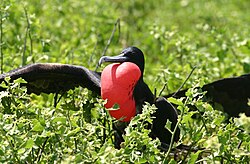 Both sexes have a patch of red skin at the throat that is the gular sac; in male great frigatebirds this is inflated in order to attract a mate. Groups of males sit in bushes and trees and force air into their sac, causing it to inflate over a period of 20 minutes into a startling red balloon. As females fly overhead the males waggle their heads from side to side, shake their wings and call.
Both sexes have a patch of red skin at the throat that is the gular sac; in male great frigatebirds this is inflated in order to attract a mate. Groups of males sit in bushes and trees and force air into their sac, causing it to inflate over a period of 20 minutes into a startling red balloon. As females fly overhead the males waggle their heads from side to side, shake their wings and call.
11
12
| Area | Coat of Arms Birds | Official Bird |
|---|---|---|
| National | Emu support, with Piping Shrike and Black Swan on shield | Emu |
| New South Wales | No birds | Kookaburra |
| Victoria | No birds | Helmeted Honeyeater |
| Queensland | Brolga | Brolga |
| Western Australia | Black Swan | Black Swan |
| Tasmania | none | none |
| Australia Capital Territory | Australian black swan, representing Aborigines, and European white mute swan, representing white settlers. | Gang-gang Cockatoo |
| Northern Territory | Wedge-tailed Eagle | Wedge-tailed Eagle |
More information about the Australian state flags and emblems can be found here. [1]
13
Brolgas are well known for their ritualised, intricate mating dances. The performance begins with a bird picking up some grass and tossing it into the air before catching it in its bill. The bird then jumps a metre (yard) into the air with outstretched wings and continues by stretching its neck, bowing, strutting around, calling and bobbing its head up and down. Sometimes just one brolga dances for its mate; often they dance in pairs; and sometimes a whole group of about a dozen dance together, lining up roughly opposite each other before they start.
14
Brood parasites lay their eggs other bird's nest. Most species of Cuckoo's get other birds to do the incubation for them.
15
All 40 species around the world are fish-eaters, dining on small eels, fish, and even water snakes. They dive from the surface, though many species make a characteristic half-jump as they dive, presumably to give themselves a more streamlined entry into the water.
Under water they propel themselves with their feet, though some also propel themselves with their wings. Some cormorant species have been tracked diving to depths of as much as 45 metres.
Cormorants have less preening oil than many other waterbirds, so their feathers can become waterlogged. They are often seen drying their feathers with wings outspread after several dives.
Below are two of Australia's cormorants, the Little Pied Cormorant on the left, and the Little Black Cormorant on the right.
16
This website has a good list to work with in answering this requirement. http://ozanimals.com/wildlife/Bird/Finches.html
Another list is available here [2] Australian finches are commony kept and bred as pets.
To determine where you would look for your favourite consider the geographic area and type of habitat they prefer.
Red-Browed Finch
